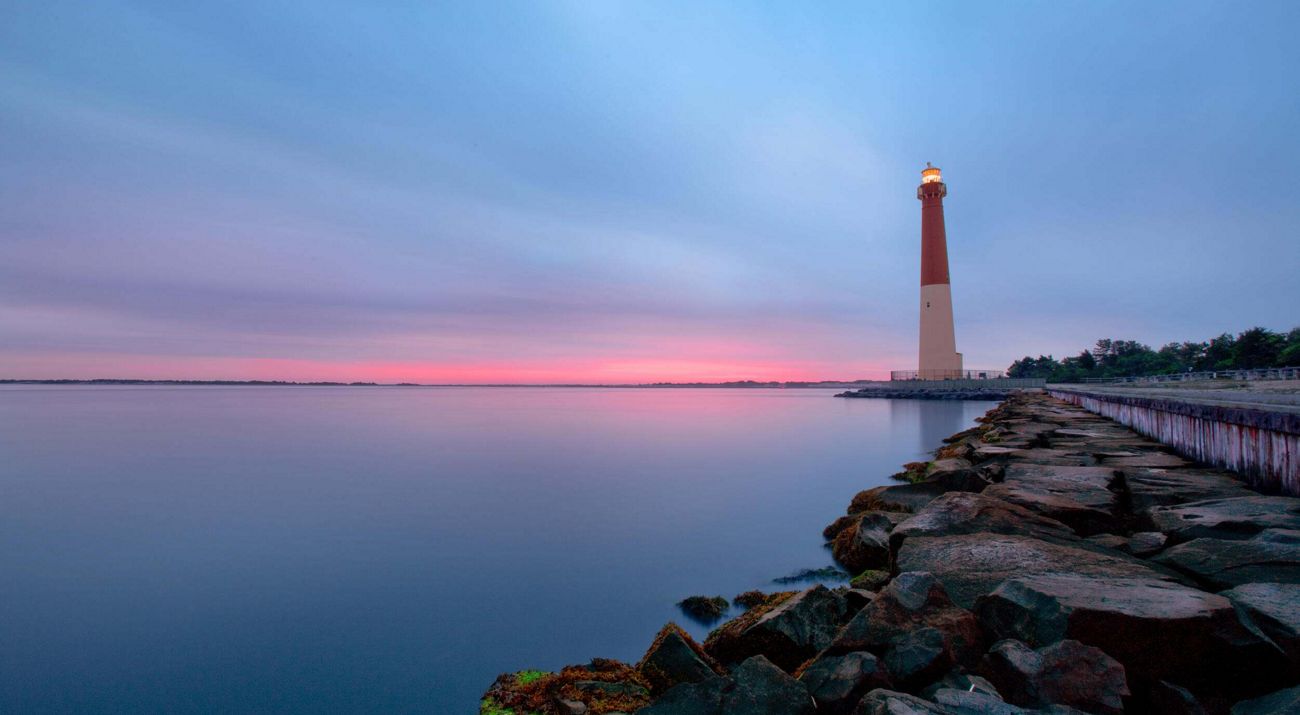Barnegat Bay is home to hundreds of species of migratory birds, at least 17 of which are threatened or endangered. Not only is the estuary itself critical habitat for many species, but the connected watershed extends hundreds of thousands of acres into other highly valuable habitat types.
Titled 'The Century Plan,' TPL's 1995 report highlights 100 sites in the Barnegat Bay watershed for conservation or improved public access and recreation. A little over a decade later, TPL published 'Barnegat Bay 2020,' a reinvigorated conservation plan that utilizes GIS mapping tools.
Year Published: 2008
State: New Jersey
Landscape Context: Coastal
Housing Density: Urban, Suburban
Funding Type: Both (Public and Private)
Habitat Focus: Forest, Developed, Wetlands
Organizations Involved:
The Trust for Public Land.
Values:
Water Supply, Water Quality, Open Space/Habitat, Recreation, Viewshed, Biodiversity
Stakeholder Involvement:
Stakeholders were involved throughout.
Planning Process:
The 2020 vision was led by a Steering Committee, and advised by a Technical Advisory Committee as well as a Parcel Prioritization Committee. As in other TPL greenprints, the Steering Committee worked to determine conservation goals. The county data relating to those goals and natural resources were then compiled by the TAC. Finally, a Parcel Prioritization Committee specified 900 high priority parcels for conservation, based on the maps developed by TPL.
Desired Outcomes:
The Greenprint aimed to protect the water quality and habitat provided by the Barnegat Bay watershed. The 2020 vision aimed to revitalize support for the area's conservation, which was originally defined in TPL's Century Plan. The 2020 plan highlights specific goals, such as the protection and restoration of habitat and water quality, the improvement of recreational access, and the protection of the scenic landscape.
What It Accomplished:
Approximately 2,400 acres of land has been protected through easement and fee simple by The Trust for Public Land in relation to this plan, along with an increased awareness for conseration and the use of this Greenprint in municipal plans.
